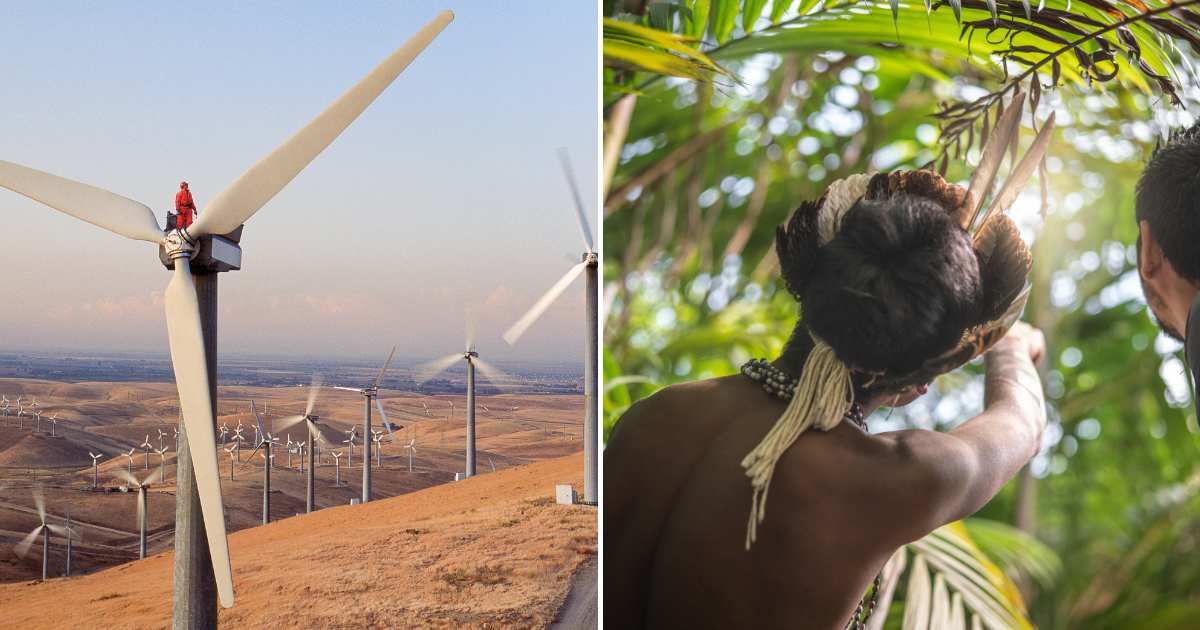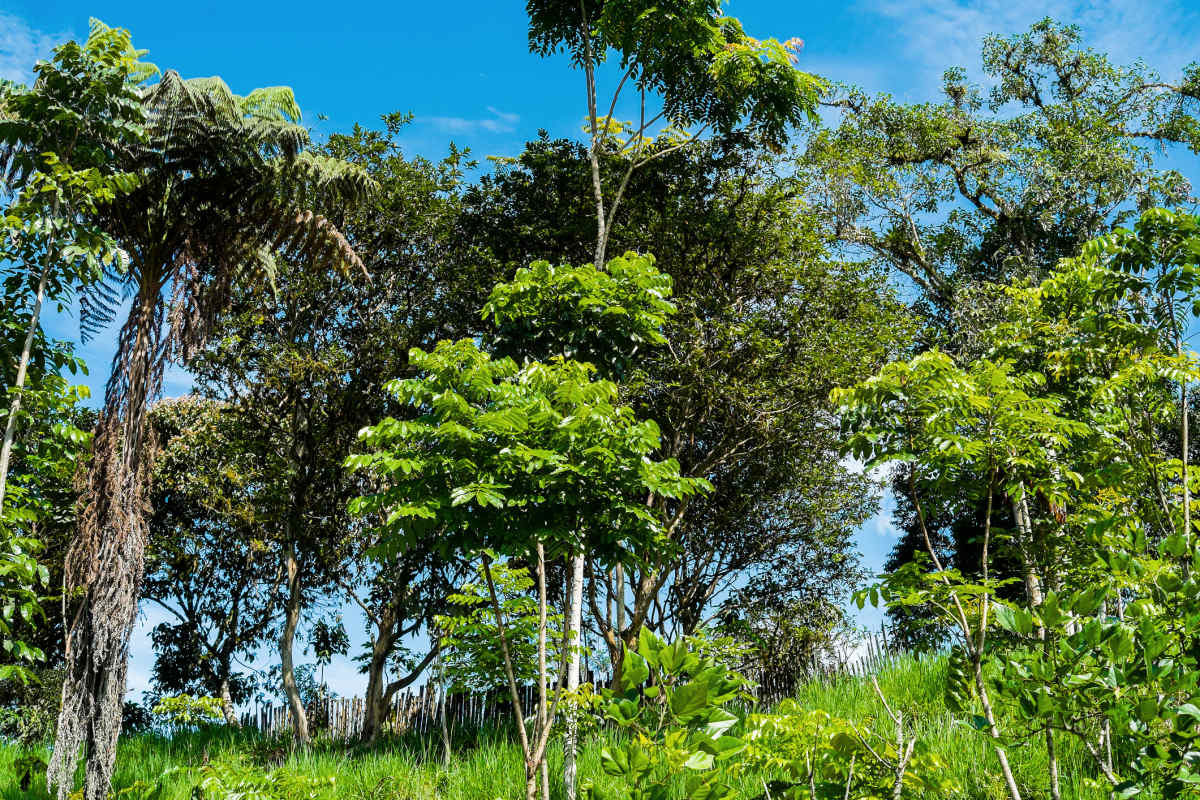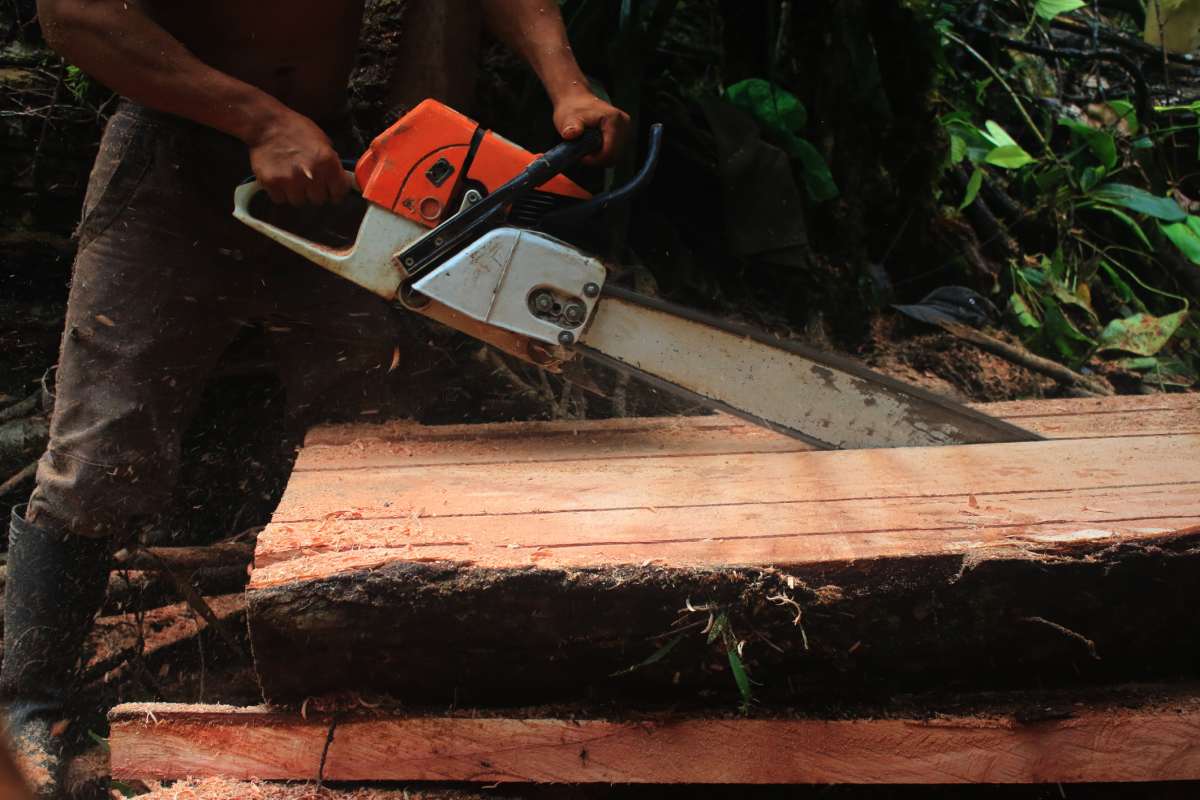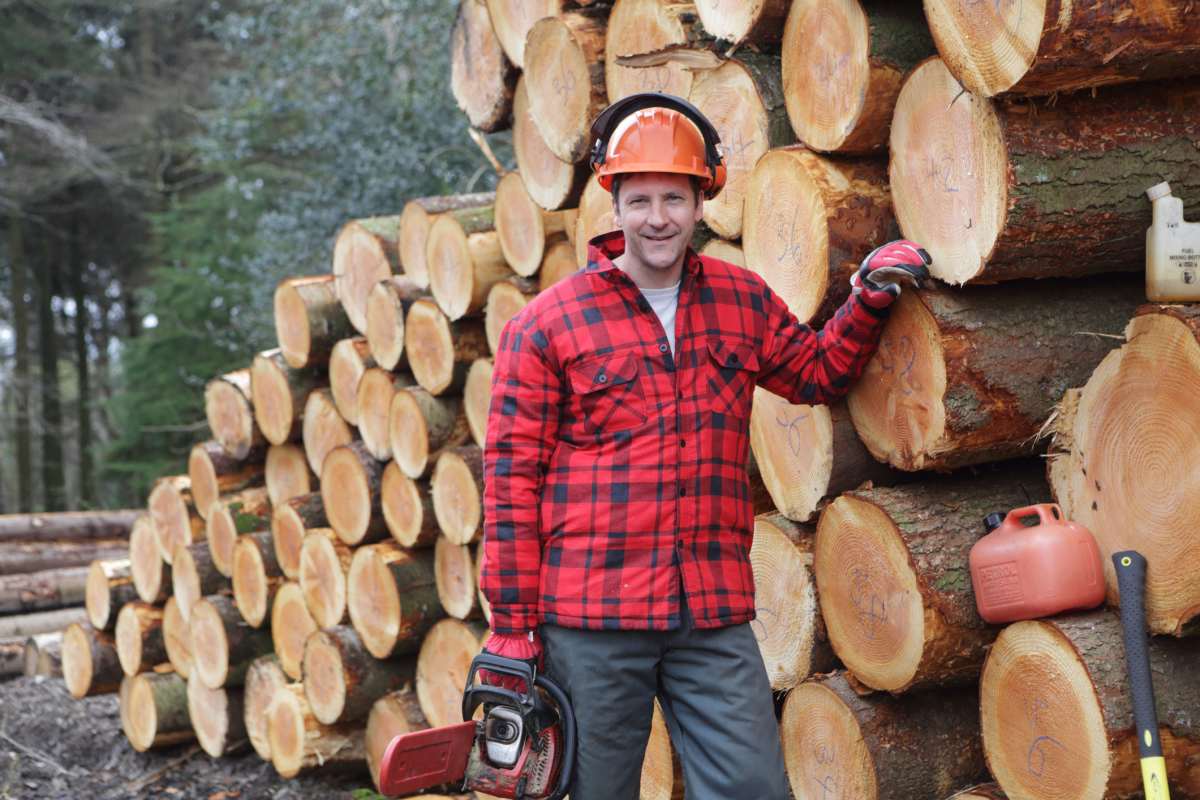Wind Energy May Seem Sustainable — but They’re Ruining the Amazon Forest and Its Indigenous People

Between January and April 2022, trucks rolled along the highways and roads of the Sarayaku community, each loaded with wooden logs. A local Kichwa woman, Patricia Gualinga, felt disheartened as she saw these barbaric loggers grazing the roads and trails of her hometown’s forests, riding their giant vehicles hauled with the wood brutally chopped off from balsa trees that were left crying and orphaned, per La Barra Espaciadora.

The green paradox

Gualinga was just one of the witnesses who saw these savage outsiders intrude into the virgin forests nestling in the middle basin of the Bobonaza River, in the province of Pastaza. Pastaza was one of the first few towns that the city traders and money-hungry loggers, a.k.a. “balseros,” exploited for their greedy agendas. The voracious appetite for balsa’s renewable energy has been secretly killing the forests of the South, according to a report by Open Democracy.
The plight of virgin Amazon forests

These thuggish balseros have been flocking to the forests of the South, riding in rafts and canoes, with brash, wolfish ruthlessness. With axes and machines, they cut down virgin balsa trees, stripping the bark from their homely soilbed and flinging them inside their trucks. To satiate their ravenous hunger for clean energy, they don’t even spare the natural trails of the jungle. They raze and graze it with blade-like machinery, carving roads and pathways that penetrate like blood-sucking syringes through the jungle, as OpenDemocracy described. The virgin territory silently screams and thunders as it bleeds.
These urban traders don’t just put their eyes on the virgin balsa trees; their insatiable desire also brings misery upon the locals. As they come and go, they leave behind trash like plastics, used chainsaws, cans, machinery, and oils that scatter around the jungle, spewing litter. Like brashy criminals, they chase away birds like parrots and toucans who feed on the nectar of balsa trees’ flowers. They murder turtles and rip their carcasses to relish as food.

In recent years, these outsiders have turned into lawbreaking felons who not only plunder and loot the jungle but also leave it scarred and pillaged by their nefarious activities, such as drugs, alcohol, prostitution, and kidnappings. All of this might sound like it’s coming straight from a thriller. But, in reality, an entire system spawned by urbanization is the culprit here. As scientists and industry leaders gravitate towards wind energy for sustainable energy import, this has given rise to a “green paradox,” which is ultimately causing suffering to the balsa trees of the South.
Balsa wood is as light as resistant and just as strong, according to the University of Navarra. Not only is it cheaper than metal, but also more resistant to windstorms. As a result, manufacturers are ditching traditional materials and preferring balsa wood for making wind propellers and turbine blades. And balsa trees thrive in the South, particularly in South America, due to their tropical, humid climate and fertile soil.
China is to blame, too

China’s hankering ambitions are also to blame. China has grand goals. It desires to become the industry leader in this area, as it has with photovoltaic panels. It is vigorously tapping into the resources of the South to fulfil its craving for clean energy and reduce its reliance on coal. In 2020, balsa wood from Amazon's Ecuadorian forests triumphed over previous toppers like bananas and shrimp in the production graph, so much so that this demand spurred a whole new “black market” that lured the farmers of Ecuador to produce balsa illegally, to satisfy their starving pockets with some extra hard cash.
So, today, if you step down and take a walk through an Ecuadorian rainforest, listen. Somewhere, a surviving balsa tree is yelling frightening calls for help. It doesn’t want to die.
More on Green Matters
When Amazon Customers Helped in Planting 1 Million Trees Just by Saying ‘Alexa, Grow a Tree’
The Amazon River Flowed Backwards For Millions of Years — And Scientists Just Found Out Why
Gardeners Work to Protect ‘Rainforest Gardens’ Made to Be Noah’s Ark for Endangered Plants